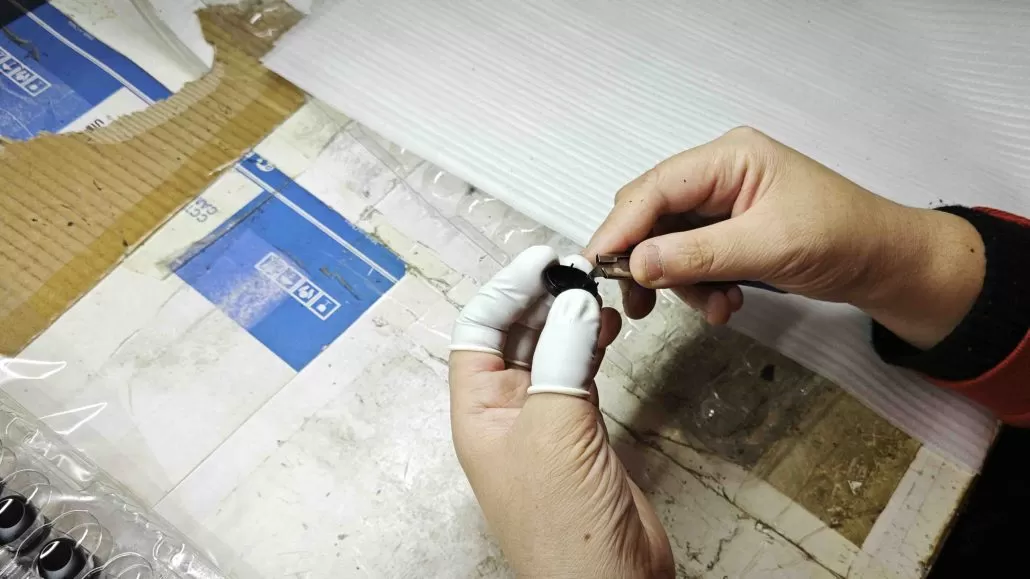As a professional in the plastic injection molding industry, you know the importance of producing high-quality products that meet your customers’ expectations. However, air bubbles can often be a frustrating and costly issue that can significantly affect the overall quality of your products.
In this comprehensive guide, we will discuss the root causes of air bubbles in plastic injection molding and offer expert advice on how to prevent and eliminate them. From understanding the materials used to optimizing your injection molding process, we’ll cover everything you need to know to ensure your products are free from air bubbles.
So, what causes air bubbles in plastic injection molding?
Understanding the Materials
One of the primary causes of air bubbles in plastic injection molding is the quality of the materials used. Poorly sourced or compromised materials can introduce impurities and trapped gases that lead to air bubbles in the finished product.
To prevent this, it’s essential to work with reputable suppliers who use high-quality materials that are free from contaminants. Additionally, you should thoroughly inspect all materials before use to identify any defects or impurities and remove them from the production line.

Optimizing the Injection Molding Process
While the quality of materials is undoubtedly important, it’s equally crucial to optimize your injection molding process to prevent air bubbles from forming. This can involve tweaking a variety of factors, including the temperature, pressure, and speed of the injection molding process.
For example, lowering the temperature of your molds can reduce the likelihood of air bubbles forming due to trapped gases in the material. Similarly, increasing the injection pressure can help to prevent air from being drawn into the mold during the injection process.
In addition to these factors, it’s essential to regularly maintain and inspect your injection molding equipment to ensure it’s operating at its optimal level. Any wear or damage to the equipment can lead to defects in the finished product, including air bubbles.
One of the primary reasons air bubbles may occur during the injection molding process is due to the lack of proper venting. This can be caused by several factors, including mold design, machine settings, and resin selection.
Mold design plays a significant role in ensuring proper venting. Molds that are not adequately vented will create trapped air, leading to air bubbles in the final product. It’s crucial to ensure that the mold design includes venting channels, which allow air to escape during the injection molding process.
In addition, machine settings can also be a contributing factor to the formation of air bubbles. If the injection pressure is too high, the resin will be forced into the mold too quickly, leaving insufficient time for air to escape. On the flip side, if the injection pressure is too low, the resin may cool too quickly, leaving voids and air pockets behind.
Lastly, resin selection can have a significant impact on the quality of the finished product. Some resins are more prone to creating trapped air than others. It’s essential to select a resin that is compatible with the mold design and the machine settings.
How can you prevent air bubbles in plastic injection molding?
There are several steps you can take to prevent air bubbles during the injection molding process, including:
- Ensure proper mold venting. Make sure your mold design includes venting channels to allow air to escape.
- Adjust machine settings. Adjust the injection pressure and hold pressure settings to ensure that the resin fills the mold properly without creating trapped air.
- Select the right resin for the job. Choose a resin that is compatible with the mold design and machine settings to prevent trapped air.
- Monitor and adjust the process. Continually monitor the injection molding process and make necessary adjustments to ensure consistent results.
In conclusion, air bubbles in plastic injection molding can be a frustrating problem that can be costly to your production runs. By understanding what causes them and taking the necessary steps to prevent them, you can ensure a higher quality finished product.
As professionals in the plastic injection molding industry, it’s essential to stay up-to-date on the latest technology, best practices, and solutions. By following these tips, you can prevent air bubbles and achieve a successful production run every time.

